Abstract
This paper presents a minimalist teaching-learning sequence for quantum computation in secondary education (5 × 60 minutes) grounded in the photon polarization approach. The framework has been tailored to the secondary school level education omitting complex numbers, matrices, and programming while relying on physics concepts with which students are already familiar from photon polarization. Employing a design-based research methodology, we identified the minimal set of concepts necessary for conceptual understanding: Dirac notation, the X and H quantum gates, and the quantum advantage demonstrated using the penny flip game as an example, which was tested on a real quantum computer. Students also explore the B92 cryptographic protocol and quantum entanglement in this course.
License
This is an open access article distributed under the Creative Commons Attribution License which permits unrestricted use, distribution, and reproduction in any medium, provided the original work is properly cited.
Article Type: Research Article
EURASIA J Math Sci Tech Ed, Volume 21, Issue 11, November 2025, Article No: em2736
https://doi.org/10.29333/ejmste/17388
Publication date: 09 Nov 2025
Article Views: 721
Article Downloads: 582
Open Access References How to cite this article
 Full Text (PDF)
Full Text (PDF)